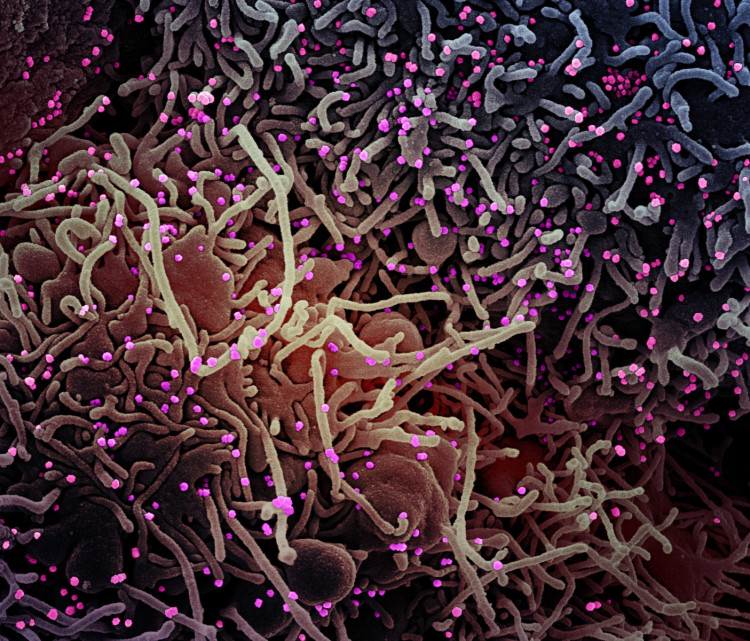Elderly aren't at increased risk from COVID-19 compared with other age groups - contrary to some perceptions, a new clinical study says. Older people do, however, have a higher mortality rate when infected and develop more severe symptoms.
A study from Japan says susceptibility to COVID-19 is independent of age. On the other hand, severity and mortality are likely dependent on it.
The age of an individual doesn't indicate how likely they are to be infected by the virus. The development of symptoms, the progression of the disease and mortality are age-dependent.
This was put forward in the study led by associate professor Ryosuke Omori from the Research Center for Zoonoses Control at Hokkaido University and published in the journal Scientific Reports.
The researchers modeled available data from Japan, Spain and Italy to show susceptibility to COVID-19 was independent of age. They said the causes of mortality in the elderly might be a result of two factors. The first is how likely the elderly are infected owing to their age. This age-dependent susceptibility is reflected in the number of cases.
The second is how likely elderly are to be affected by a severe form of the virus as a result of their age. This age-dependent severity is reflected in the mortality rate. The study said these two factors aren't fully understood.
As of May the number of deaths per 100,000 people was 507.2 for Spain, 382.3 for Italy and 13.2 for Japan. The study found the age distribution of mortality was similar in these three countries despite the disparity in mortality rates.
The scientists developed a mathematical model calculating the susceptibility in each age group under different conditions. They also factored in the estimated human-to-human contact level in each age group. Also included in this model were the varying restriction levels for outside-of-home activities in the three countries.
The model shows susceptibility has to be unrealistically different among age groups if it assumes age doesn't influence severity and mortality. On the other hand, the model indicates age shouldn't influence susceptibility but should negatively influence severity and mortality. This explains why the age distribution of mortality is similar in Japan, Spain and Italy.






